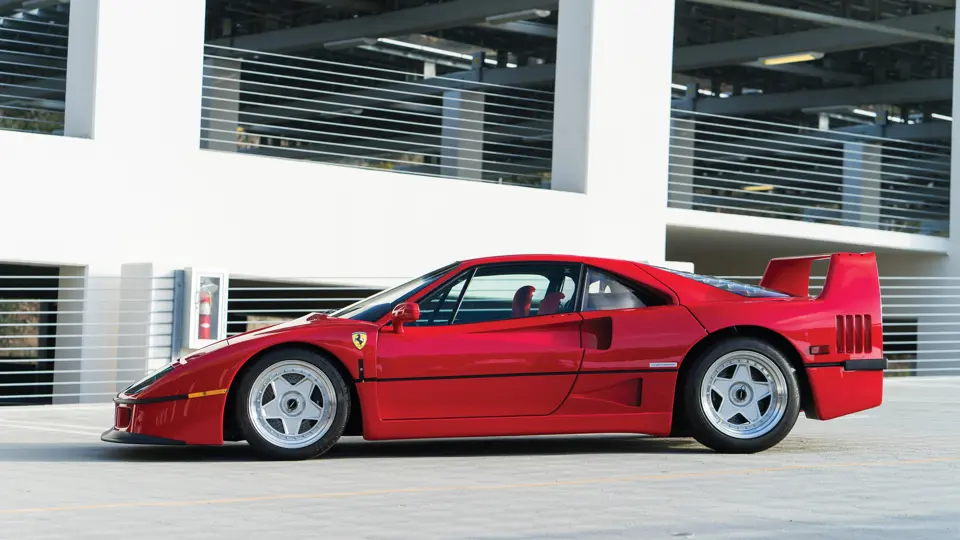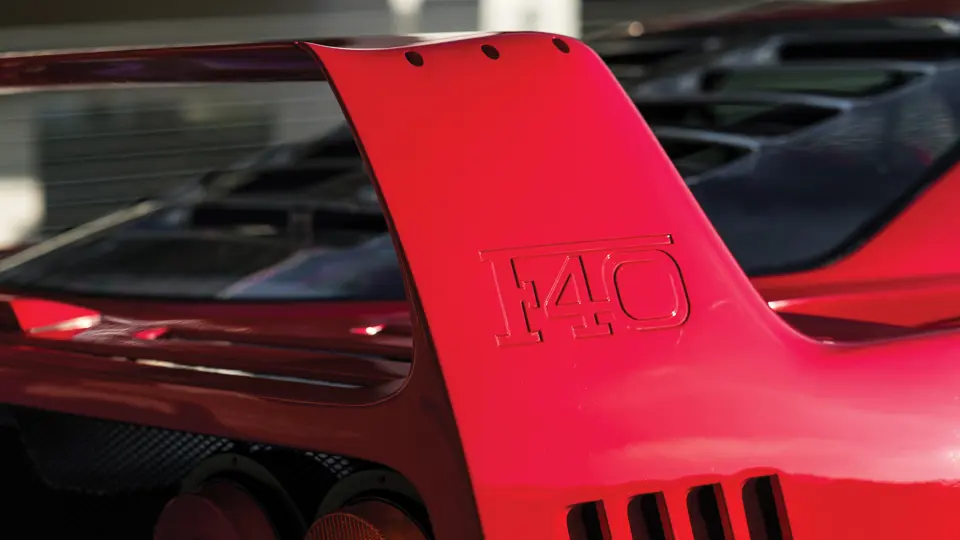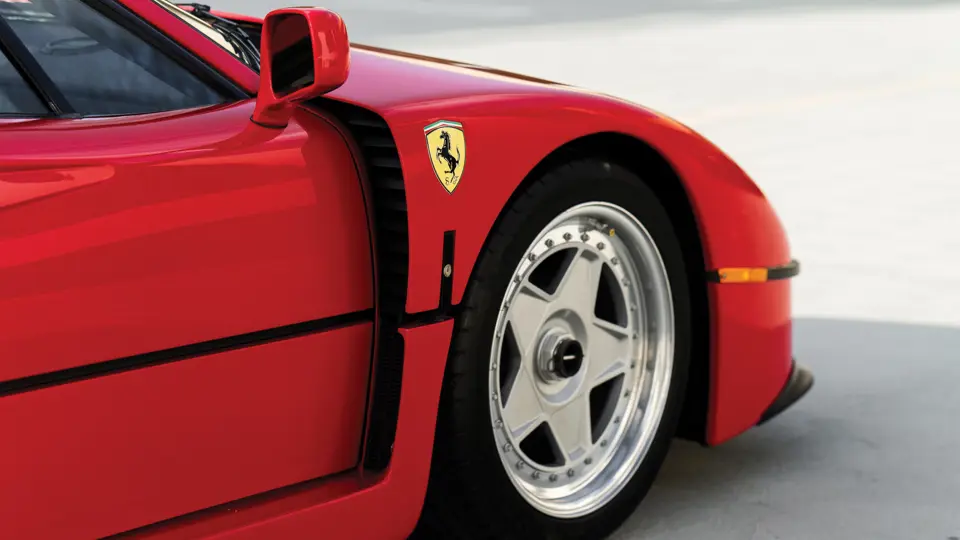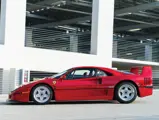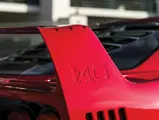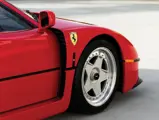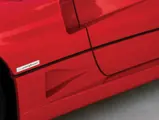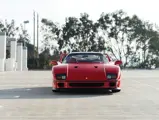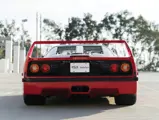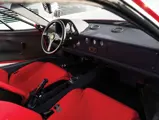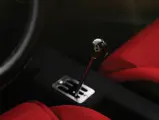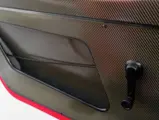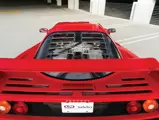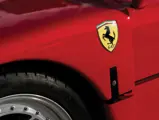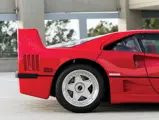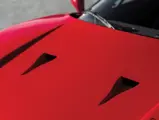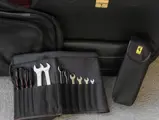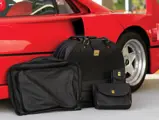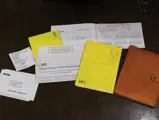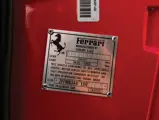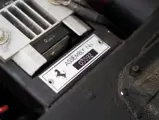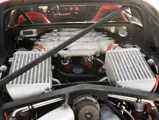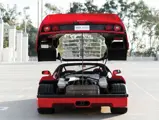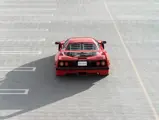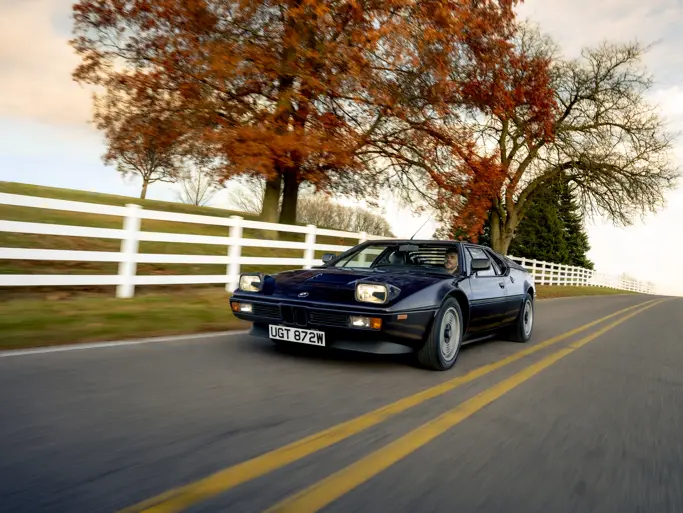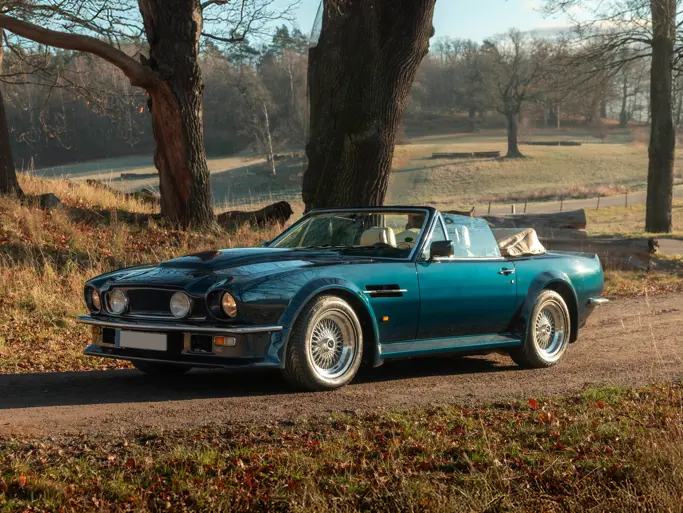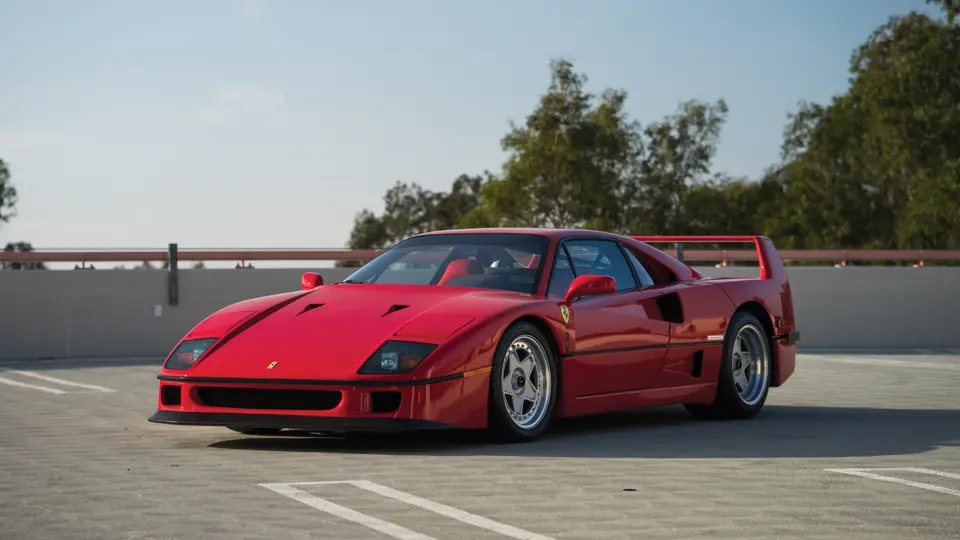
1990 Ferrari F40
{{lr.item.text}}
$1,250,000 - $1,500,000 USD | Not Sold
{{bidding.lot.reserveStatusFormatted}}
- Cat/non-adjust, U.S.-specification example
- California smog-compliant and road-registered
- 7,614 actual miles; complete with books, tools, and luggage
- 2016 Ferrari Club of America Platinum Award winner
- Over three years of service receipts; a well-maintained, well-prepared F40
478 bhp, 2,936 cc DOHC V-8 engine with twin turbochargers and Weber-Marelli fuel injection, five-speed manual transmission, front and rear independent double-wishbone suspension, and four-wheel disc brakes. Wheelbase: 96.5 in.
FORTY YEARS OF FERRARI
In 1987, not only was Ferrari approaching its 40th anniversary, but it was also engaged in a supercar war with rivals Lamborghini and Porsche. Lamborghini’s Countach took the world by storm with its radical styling and incredible performance, making it the poster child of a generation. Adding fuel to the fire, Porsche introduced the 959 in 1986. The car was laden with many technological firsts for the automotive industry, and it was also capable of a blistering 197 mph, making it the world’s fastest road car. Of course, Ferrari would not let this stand; it needed something to silence the naysayers and put itself back atop of the record books.
Ferrari’s F40, developed from the 288 GTO Evoluzione, punched through an automotive barrier that had remained untouched, as it not only bested the 959’s top speed, but it also broke 200 mph in the process, achieving a top speed of 201.4 mph.
Unlike the 959, the F40 went about achieving 200 mph in a completely different fashion. Instead of using cutting-edge technology and loading the car down with modern-day conveniences, Ferrari, as per usual, turned to its Formula 1 team for inspiration and stuck with the tried-and-true formula of “less is more” in order to make the F40 as lightweight as possible. In terms of the chassis, the track dimension of the 288 GTO’s chassis was widened and a fresh steel-tube frame was reinforced with an extensive use of carbon fiber, making the platform significantly lighter than its predecessor. When stripped out for racing, Ferrari was able to save a few further precious grams. The F40 had no carpet, utilized door pulls instead of traditional handles, and could be ordered with roll-up or fixed windows (installing power-operated windows was simply out of the question). As a result of these fanatical weight-saving measures, the F40 tipped the scales at a feather-weight 2,400 pounds, paving the way for a powerful engine to rocket it into the annals of automotive history.
The engine was based on the 288 GTO’s twin-turbocharged V-8, but it was bored to displace nearly three liters. Following some additional tuning, the engine could produce 478 brake horsepower, making it the most powerful road-going Ferrari to date. Combined with its lightweight nature, this made the F40’s performance figures just as incredible as its top speed. A sprint from 0–60 could take just 3.8 seconds, and the car could be powered onwards to a quarter-mile time in 11.8 seconds. Braking was equally impressive, and the F40 could bring itself to a stop from 60 mph in just 119 feet.
Production of the F40 was originally planned for just 400 units, and even with a list price of roughly $400,000, which was an astronomical price for a car at that time, many traded hands for much more than that when new. As a result of the car’s desirability, massive demand pushed total production numbers to 1,311, all of which would be in left-hand drive and liveried in classic Rossa Corsa paint. Of those examples, only 213 were delivered new to the United States, making Ferrari’s ultimate road-going machine even rarer in its largest market.
Adding to its overall historical importance, the F40 was the last car to receive the blessing of Enzo “Il Commendatore” Ferrari before his passing. Enzo had envisioned the car as an ideal way for the company to celebrate its 40th anniversary, as it would both promote all it had accomplished in its short history as well as highlight its plans for making the next 40 years just as exciting as its last. As such, the F40 signaled the end of an era for one of the most iconic marques in automotive history.
CHASSIS NUMBER 86678
According to the records of Ferrari historian Jarrett Rothmeier, the F40 offered here was built to U.S. specifications, in Rosso Corsa with Rosso cloth interior, and equipped, as it is today, with wind-up windows. It was sold new in 1990 to the original owner in California, for whom it was road-registered as 2ULR999, and shown the following year at the Ferrari Owners Club Concours d’Elegance at Carmel Valley, and at another FOC meet at Laguna Seca.
In 1995 the car was offered for sale in the Ferrari Market Letter by Lake Forest Sportscars as “one owner, low miles.” It was sold thereafter to Mark H. Balan of Yorba Linda, California, who retained ownership until at least 2005. Subsequently it was offered for sale by Ferrari-Maserati of Fort Lauderdale, prior to its acquisition by the current owner, a devoted Southern California enthusiast. In his ownership the car was awarded its FCA Silver award at the International Meet in Monterey, California, in 2015, followed by its Platinum award in Pasadena this year.
The car recorded 7,614 miles at the time of cataloguing, which is the actual mileage from new, and has never been raced or tracked. In fact, its maintenance history is rather impressive, with service records for the last three years, from the respected Rex Nguyen Restorations and Beverly Hills Ferrari, accompanying it, along with a clean CARFAX report, fitted luggage, and the correct books and tools. Importantly, it is also California smog compliant, and in fact is presently road-registered and street-legal.
Reported by its owner as being “currently fully serviced and ready to go,” this supercar is ready for a new owner to experience on the open road or the show field—in either case, a truly special experience, with a wonderful F40.




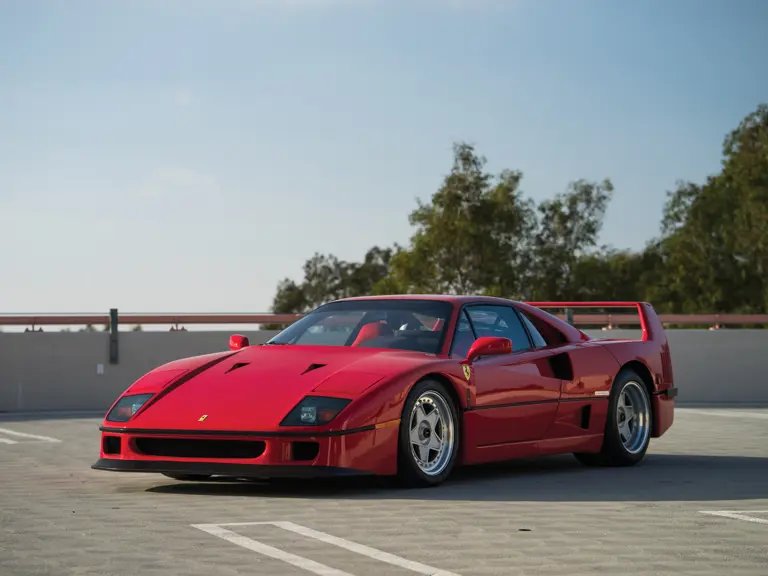
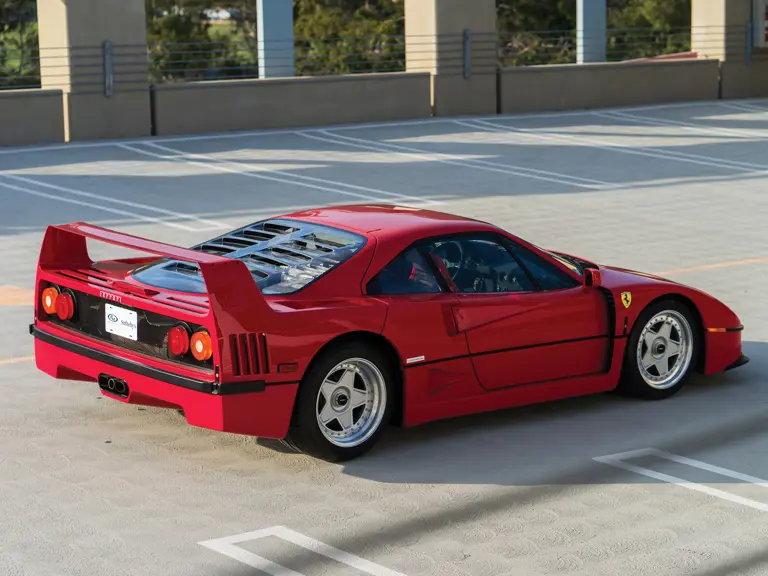
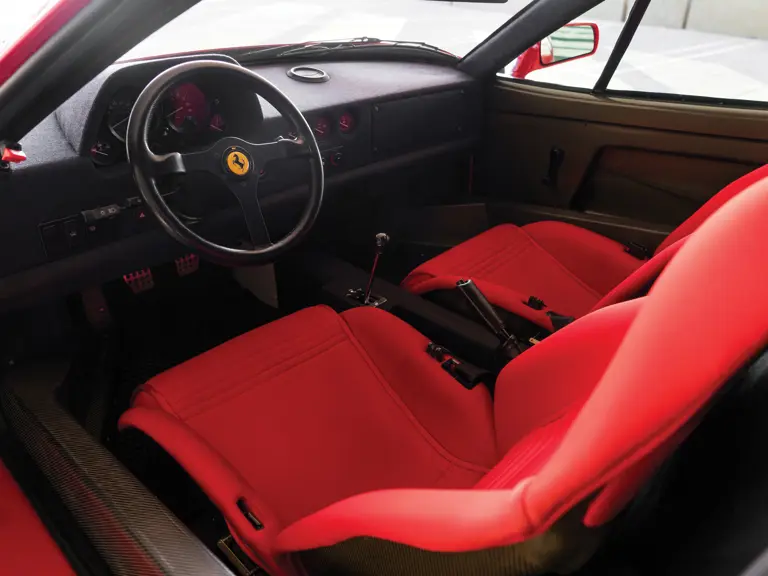
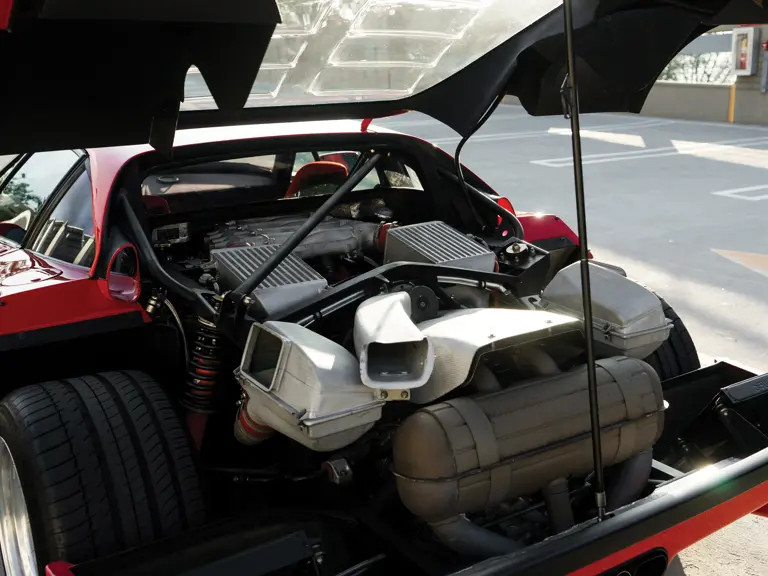

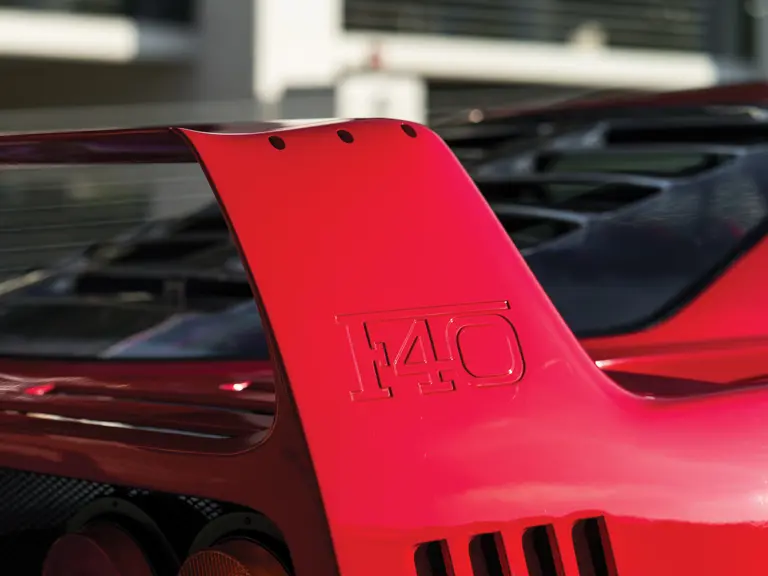
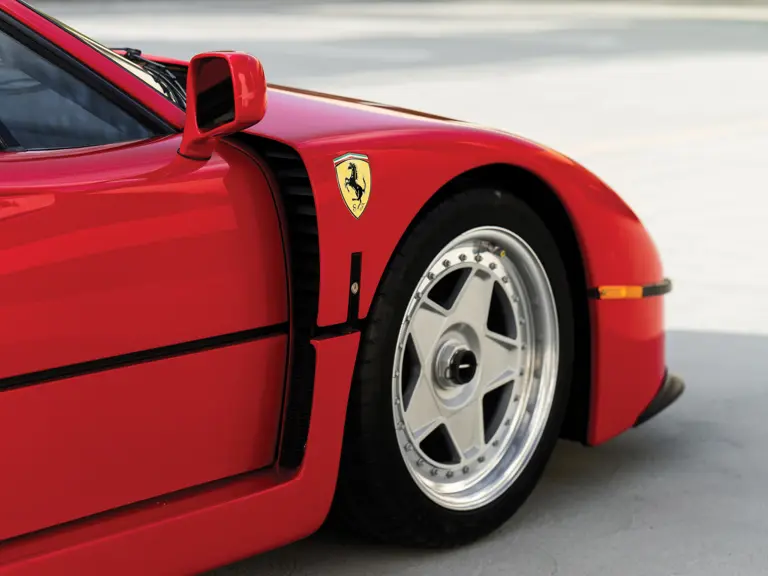
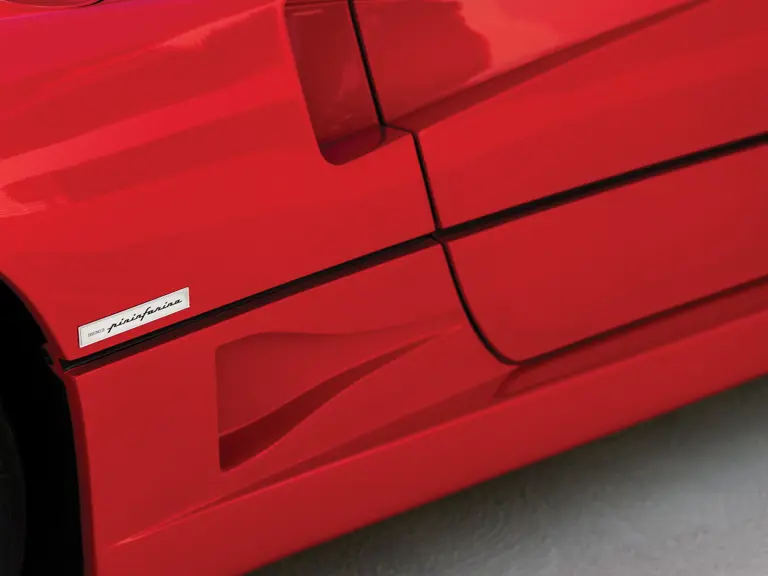

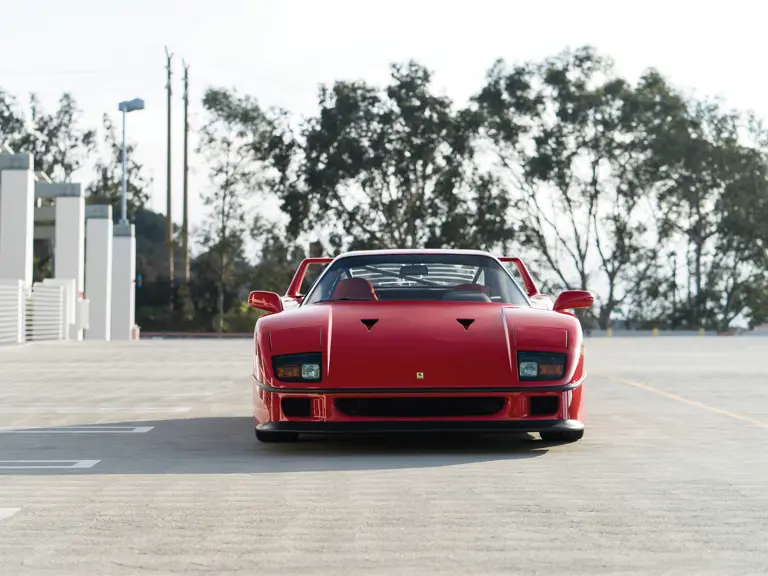
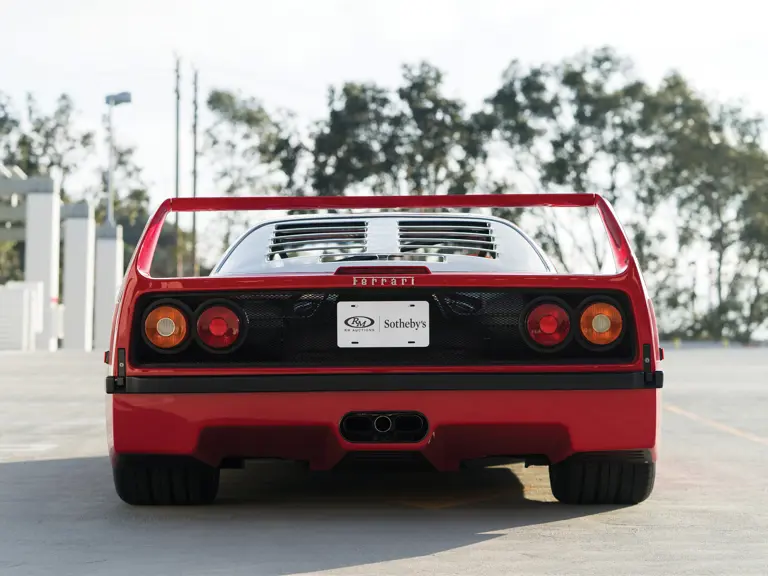

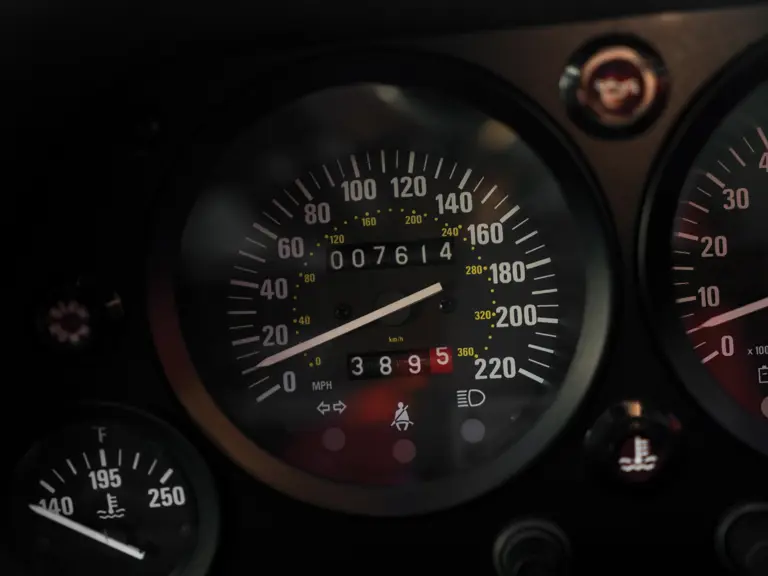

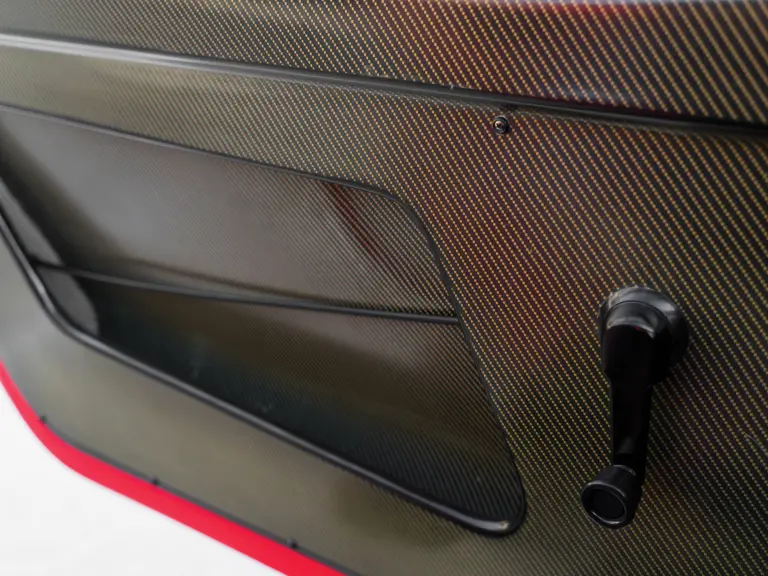
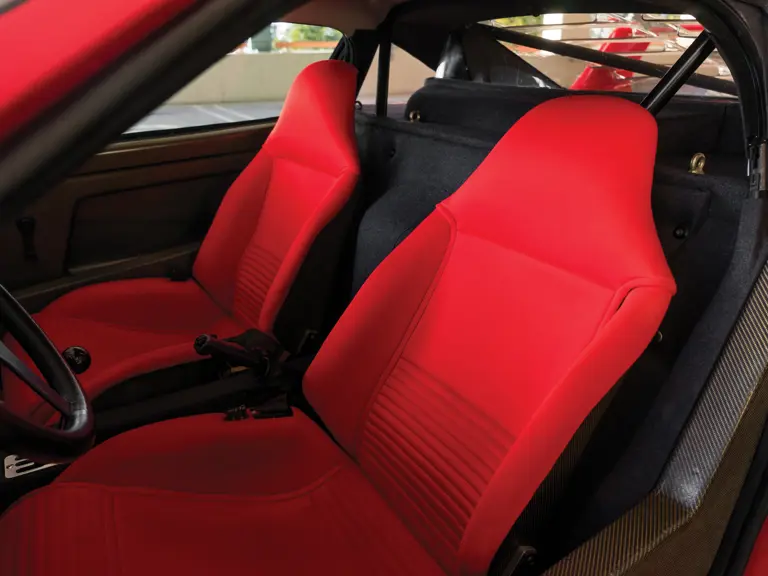
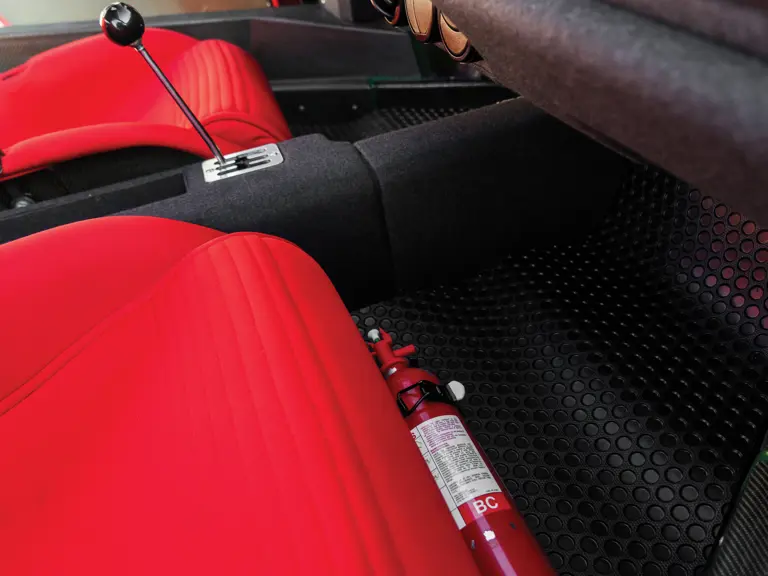

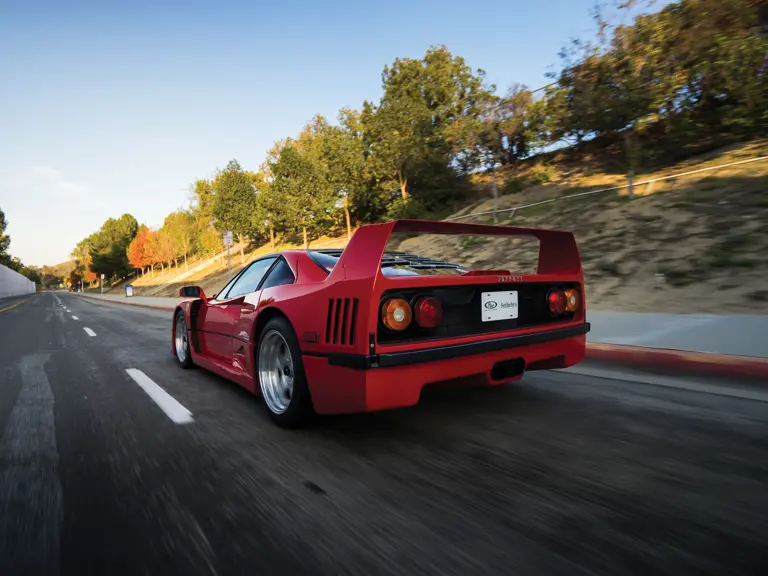
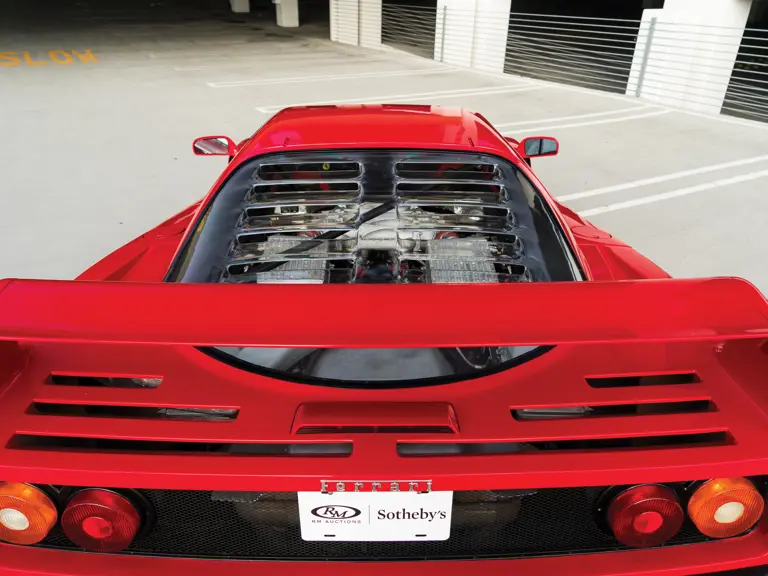

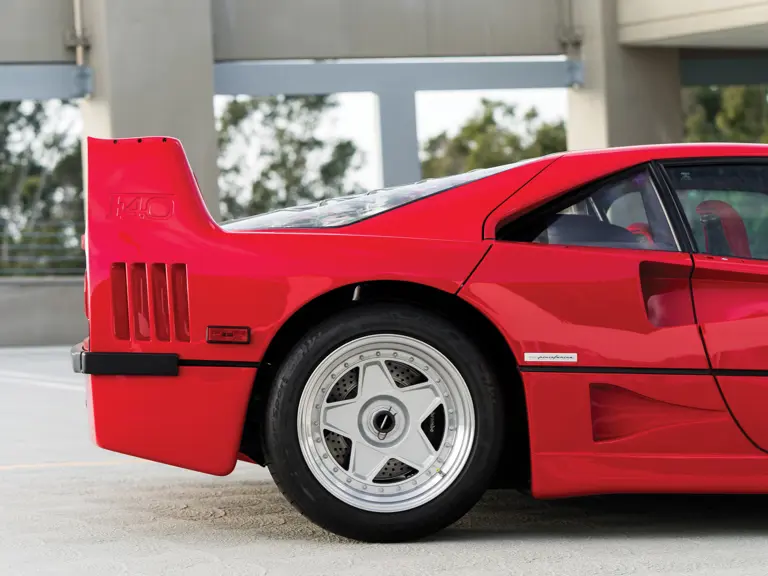
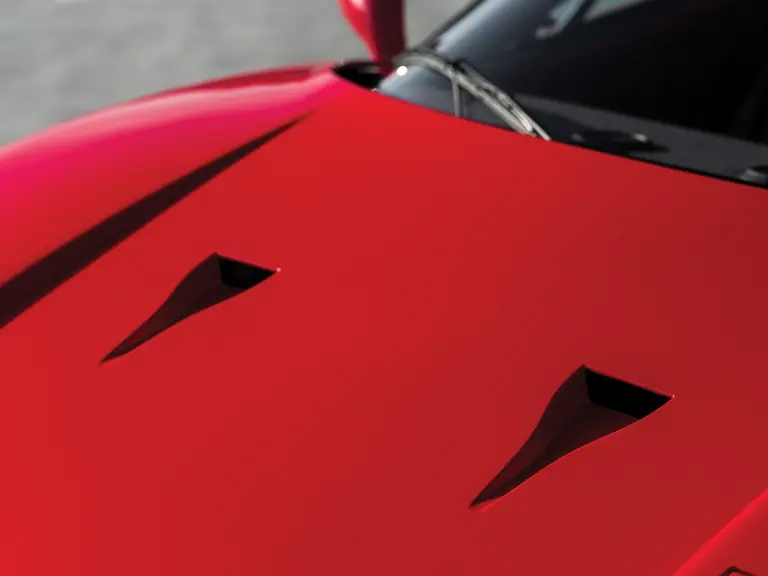
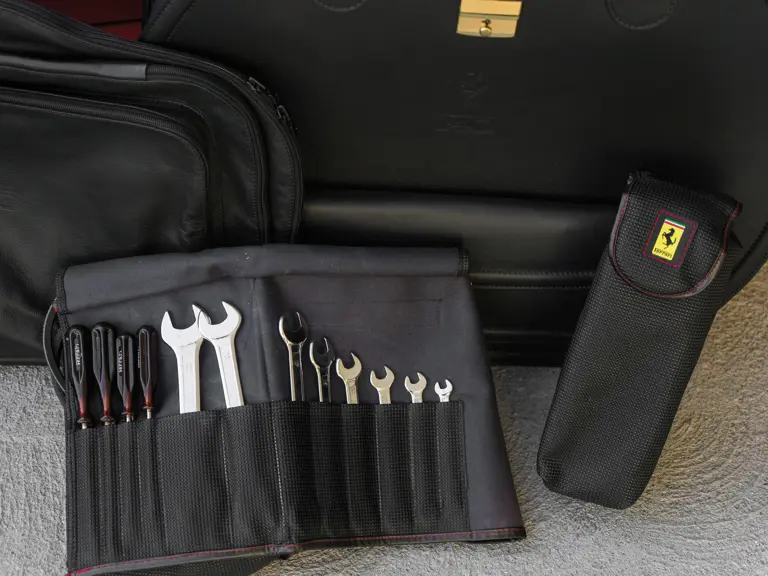


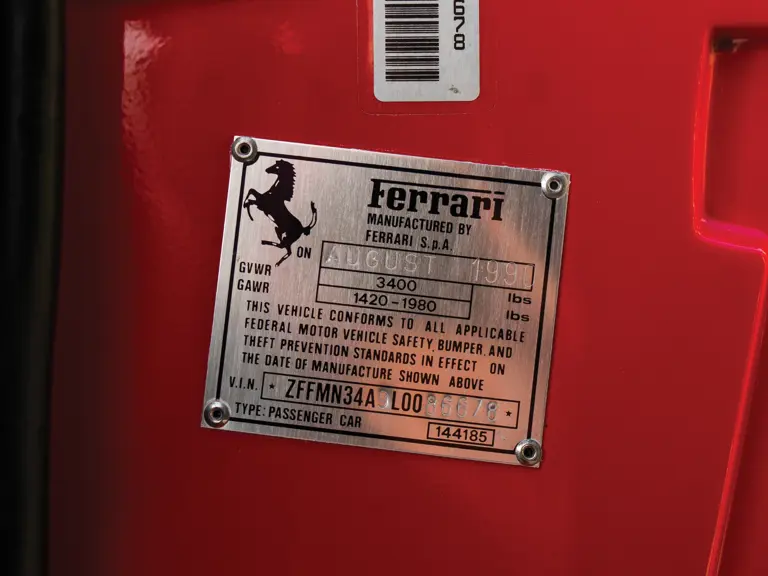
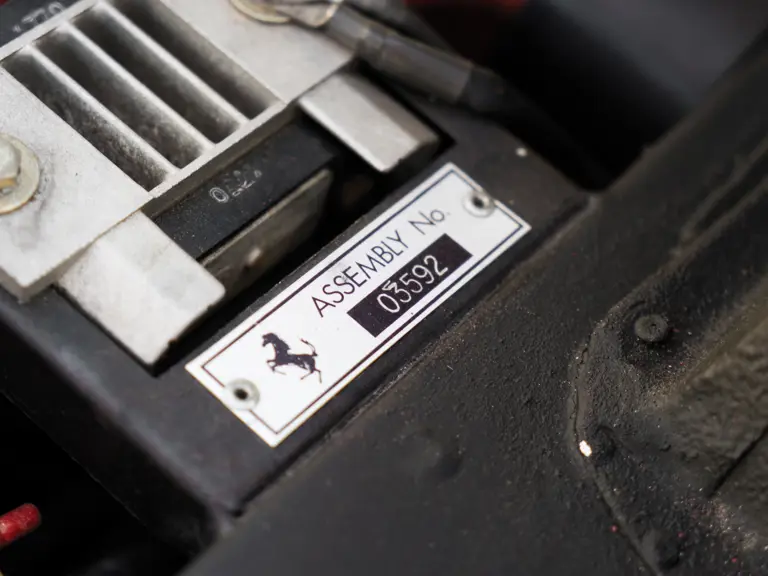
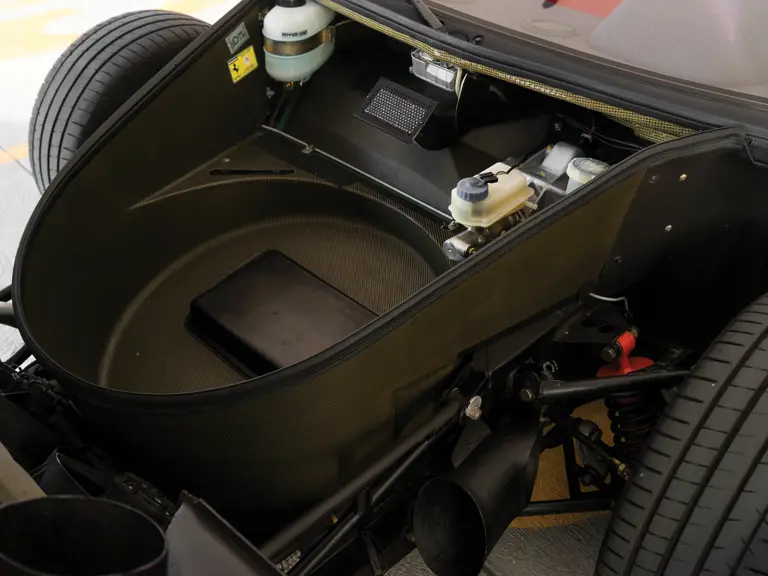
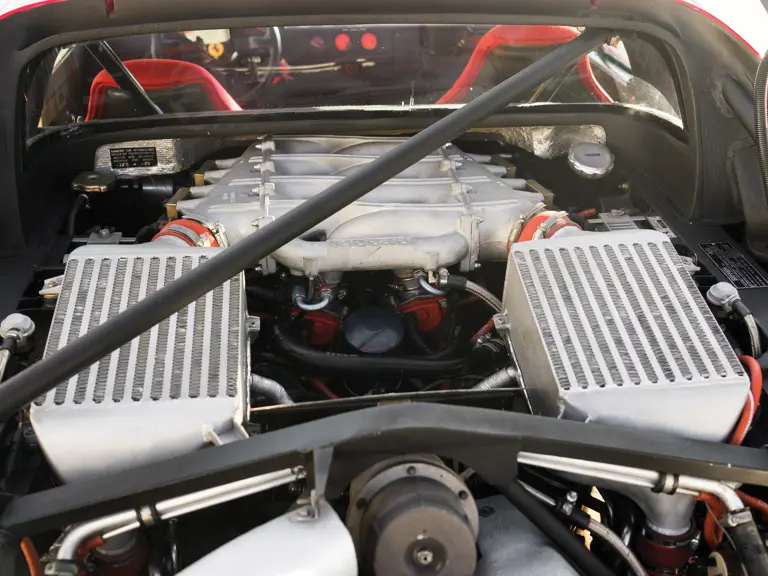
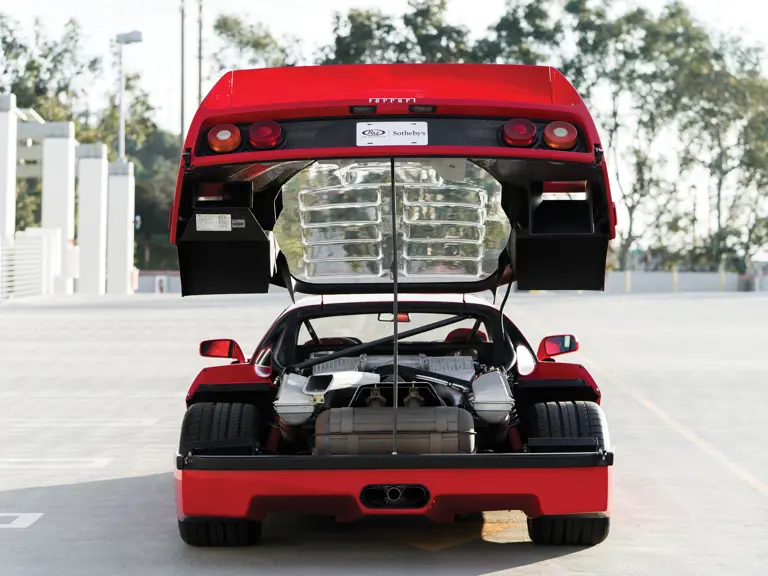
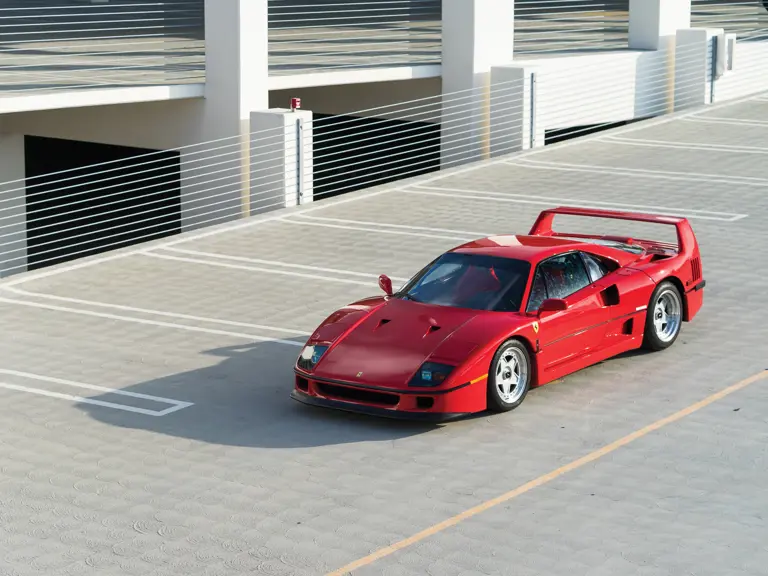
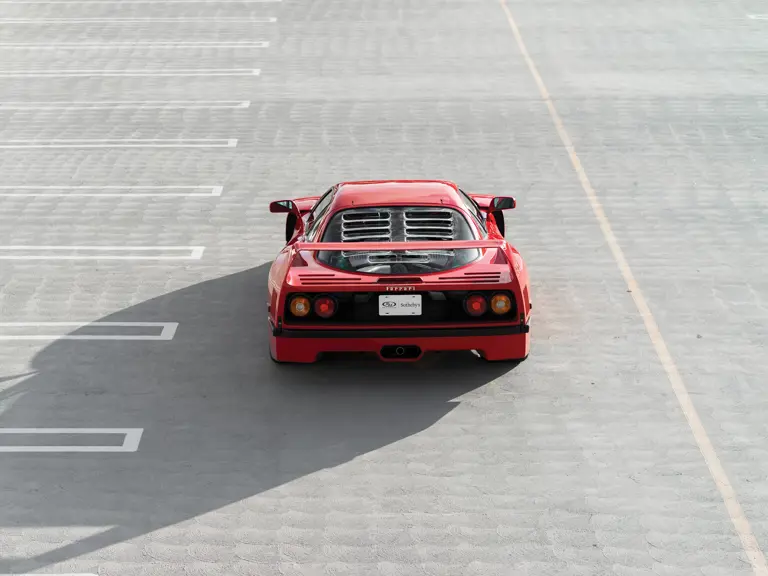
 | Phoenix, Arizona
| Phoenix, Arizona
